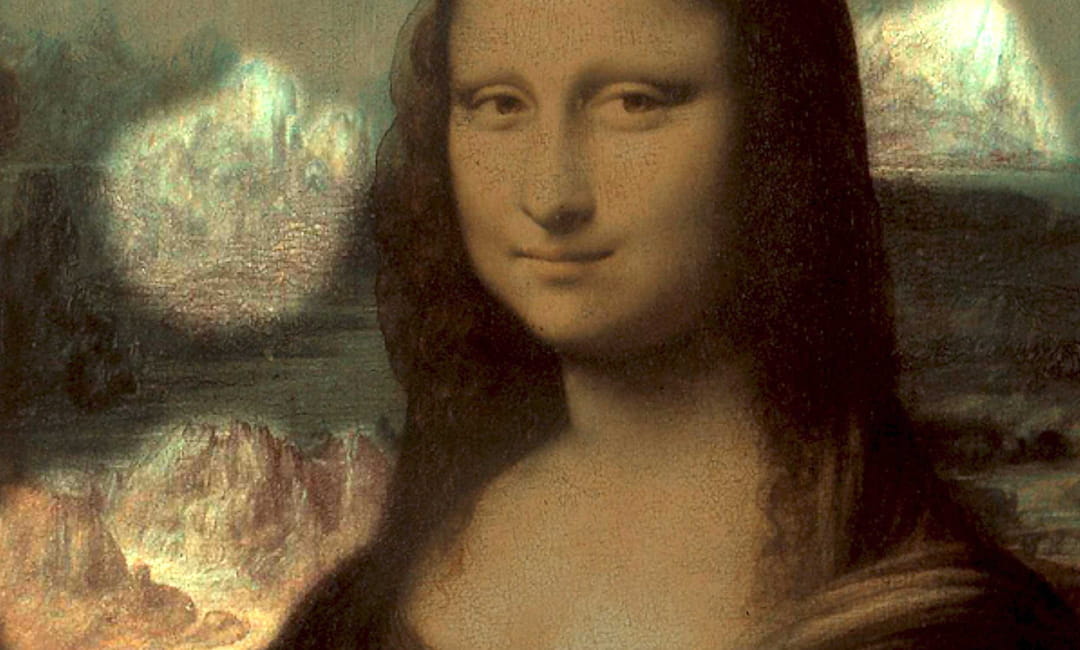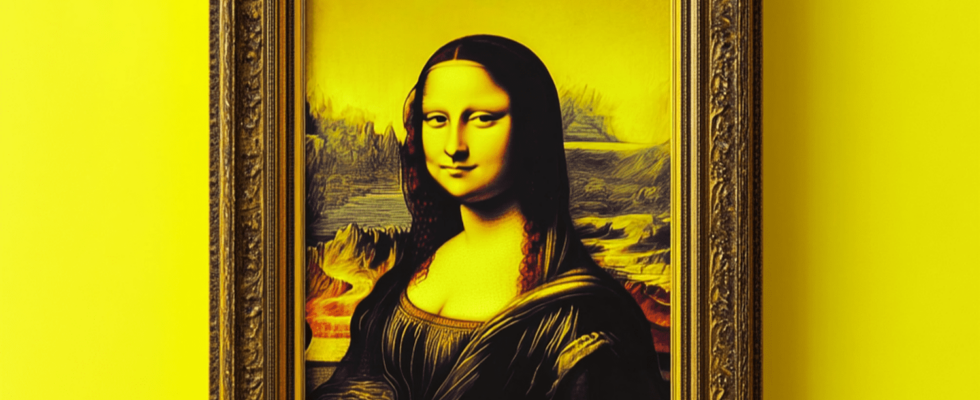New analyzes of the Mona Lisa have revealed one of Leonardo da Vinci’s secrets.
The Mona Lisa is undoubtedly Leonardo da Vinci’s most famous painting. Exhibited at the Louvre Museum, the Mona Lisa attracts tourists from all over the world. This oil painting depicts Lisa Gherardini, the wife of Florentine cloth merchant and political figure Francesco del Giocondo, who commissioned such a portrait. If the artist’s brushstrokes have always impressed, Leonardo da Vinci was also a great innovator.
In a study published in the Journal of the American Chemical Societyresearchers from the National Center for Scientific Research (CNRS) looked at a very specific technique used by the artist for the Mona Lisa. A process which was not usual at the time and which once again highlights the genius of the Italian painter. To achieve such a discovery, the experts, in collaboration with the Louvre Museum, analyzed tiny samples from the undercoat that the painter first applied in preparation for the masterpiece. They could have been recovered under the frame during a restoration before being analyzed with very powerful X-rays.

They spotted an unexpected compound in the paint: leadonacrite, a mineral derived from lead. “This mineral was not part of the basic ingredients. It is a by-product which was not present when the Mona Lisa was painted and which appeared following chemical transformations,” explained Victor. Gonzalez, chemist at CNRS and author of the study. However, its presence hundreds of years later reveals the recipe used by the painter in the undercoat of his work: a mixture of cooked oil and lead oxide. This technique thickens the paint and therefore gives relief and better catches the light. However, such a composition is “extremely rare in layers of historical paintings”. “An artist, engineer and architect, he was also an experimental chemist, and the Mona Lisa was a real laboratory!”, the researchers were surprised.
The mastery of leadonacrit on painting is therefore an avant-garde technology used by the painter, which was only popularized a century later by Rembrandt who added significant quantities to his paintings to work on depth. . This compound was also found in the painting The Last Supper, Leonardo da Vinci having therefore tested it several times.
For the researchers, this shows “a desire to innovate in the preparation of thick and opaque undercoats of paint by treating the oil with a high load of lead oxide” and further proves that Leonardo da Vinci liked to experiment with numerous techniques in his works.
